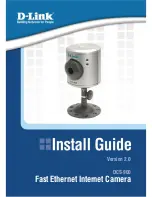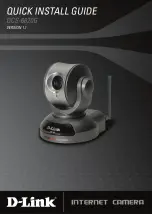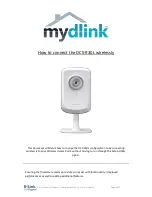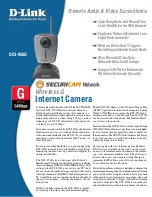
Therefore, it is necessary to provide additional amplification of the video signals.
This is especially the case for the higher video frequencies. Capacitor C19 couples
the higher frequencies of the camera video signals through the variable resistance
within optical coupler OPT1, then resistor R25 to the input of stage U6A. The value
of the resistance in OPT1 determines the amount of high frequency compensation
coupled to U6A and thus the level of compensation.
The value of the resistance in OPT1 is in turn determined by the current passing
through the LED within OPT1. And the level of this current is determined by an
output from the microcontroller. Section 3.7 includes the instructions for setting the
compensation using either the remote control unit's Zoom and Focus controls or
through RS485 communications.
4.1.7 Microcontroller
Drawing 51-11098 also shows the connections to and from the microcontroller (U2).
Programming of the microcontroller is normally performed at the factory. This
programming is by temporary connections of equipment to connector J2.
As described earlier most of the logic inputs to the microcontroller are received from
the inverters in device U1. The microcontroller responds to these inputs in achieving
the desired camera functions.
The microcontroller sends and receives signals to the camera module through a
level translator U5 and connector J7. These signals initiate zoom, focus, and other
control functions.
Cameras furnished with optional control from external RS-232 signals, instead of the
voltage levels typically used, normally include connections from the main camera
connector to connector J4. These connections are buffered by circuits in device U5.
These connections thus provide the microcontroller with direct input and output
communication from the external RS-232 source.
5 TROUBLESHOOTING
5.1 GENERAL
In case of any sort of malfunction of the camera system, it is wise to resist the temptation to
completely tear down the system and start replacing components indiscriminately. Many
times a quick call to the ROS Technical Support Department will help in restoring operation
with minimum effort. Most failures in the field turn out to be cabling problems, and the
camera is typically the least likely cause.
51-17568 REV B
19
Summary of Contents for CE-X-36
Page 15: ...51 17568 REV B 9...





































